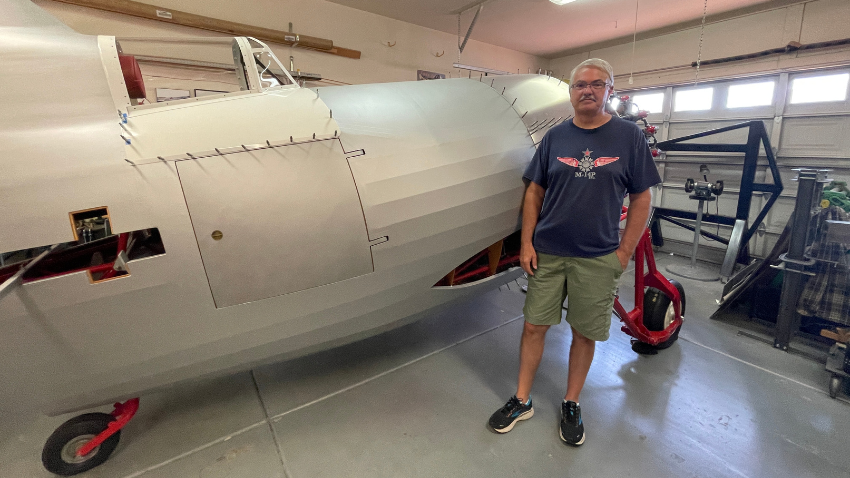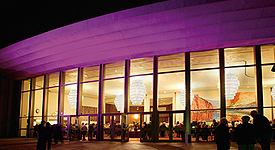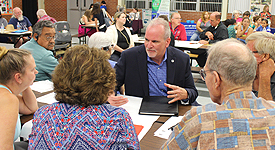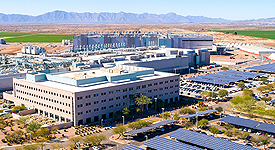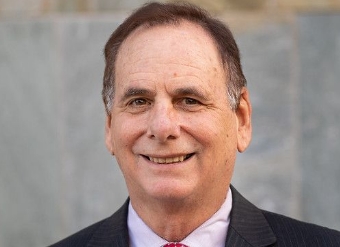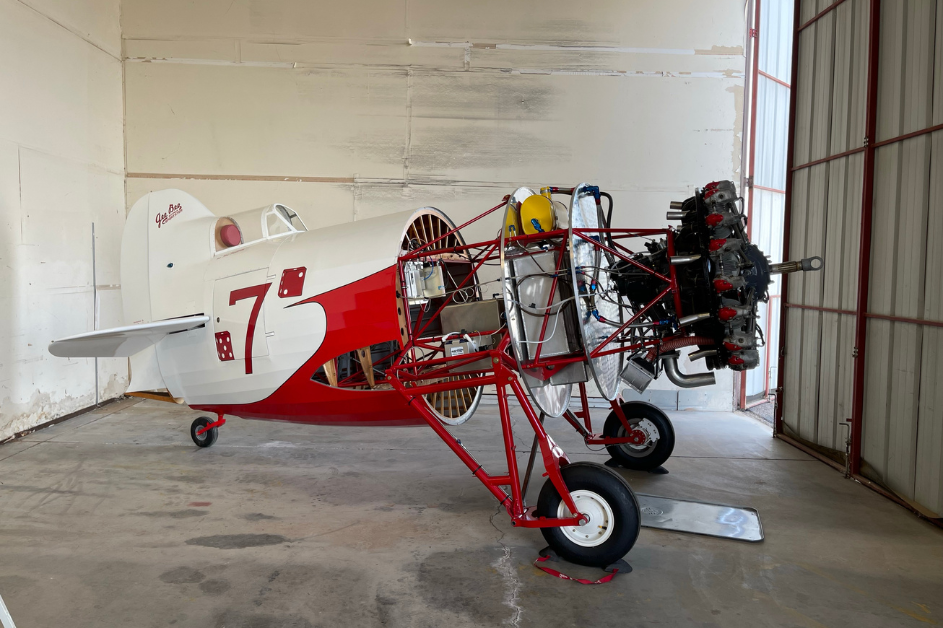
A view from Chandler Municipal Airport’s lobby offers a glimpse of multiple aircraft that call Chandler Municipal Airport home. Hidden away in the rows of hangars are more planes. Each owner will eagerly share stories of places they’ve traveled or adventures they’ve experienced — along with their love of flying.
The same is true for Mac Transtrum. By day he’s a pilot for a commercial airline and in his spare time, his passion for aviation inspired him to build a Gee Bee Super Sportster R-2 in his home garage. This is the third plane he’s built by hand—the first two took about six years each. When he started, he thought the Gee Bee would take 10 years, but he’s been working on it since 2009, taking his time to build a replica of the 1932 aircraft in his East Valley garage.
There are only a couple of airplanes that Transtrum really wanted to fly. “I knew the only way I'd get a chance to is if I built them myself. One was a Gee Bee and the other a Fokker Triplane.” He talked to his wife about it and she advised, “If you're gonna build another airplane, you might as well go big.” He knew the Gee Bee would be a challenge to build as well as fly, so he made his decision and the rest is history.
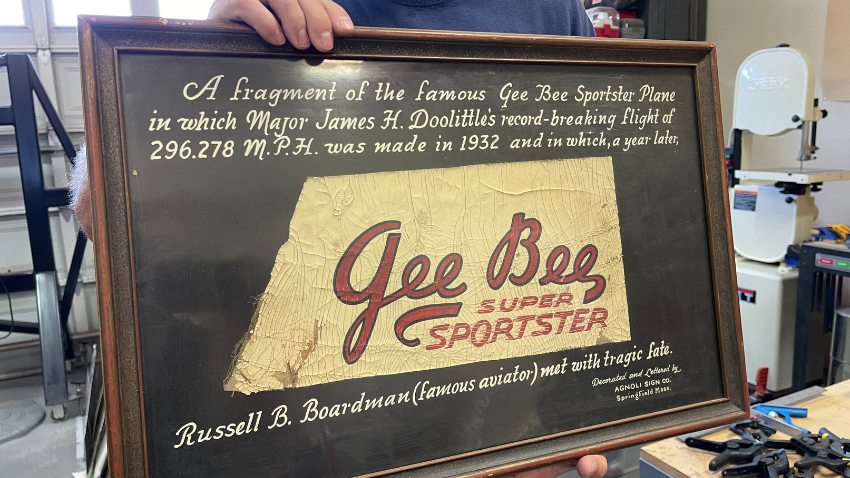
Transtrum had to get creative since drawings weren’t readily available for the Gee Bee. Drawings for the Gee Bee Sport models were available at the Smithsonian, but the Granville family, who originally developed the Gee Bee, didn't want the drawings available for the race planes. However, he discovered that someone was building a non-flying replica in San Diego. He started to request San Diego layovers to visit, take pictures and make sketches of the model. From his sketches, a friend of his was able to make computer-aided design (CAD) drawings of the airplane, which he used to start building.
“It's been a huge project, not only building the airplane, but all the amazing people I've met doing it,” said Transtrum. “People that have been willing to help once they find out you're serious about it. It's rewarding.”
One day Transtrum got a call and the name “Russell Boardman” appeared on his phone. Russell Boardman was the original test pilot on the Gee Bee and he was later killed from injuries during a Gee Bee crash in Indianapolis. Russell’s nephew (who now lives in the Valley) was the one calling and reached out to Transtrum to stop by and view his work. He later planned another visit to bring his grandson and during that visit, he gifted Transtrum a piece of the fabric (that says Gee Bee) from the plane his uncle was killed in, which was in the Boardman family for years. That same artwork is now on his replica plane.
The plane was recently moved to Chandler Municipal Airport to fit the wings and prepare for test flights. For over the past decade, people have been asking Transtrum when his plane will be ready for its first flight. Whenever he’s ready, that test flight will be on a Thursday, and he’ll invite others to watch on a Friday. He’s still a few years away from completion. Until then, we’ll see you on Friday, Mac!

